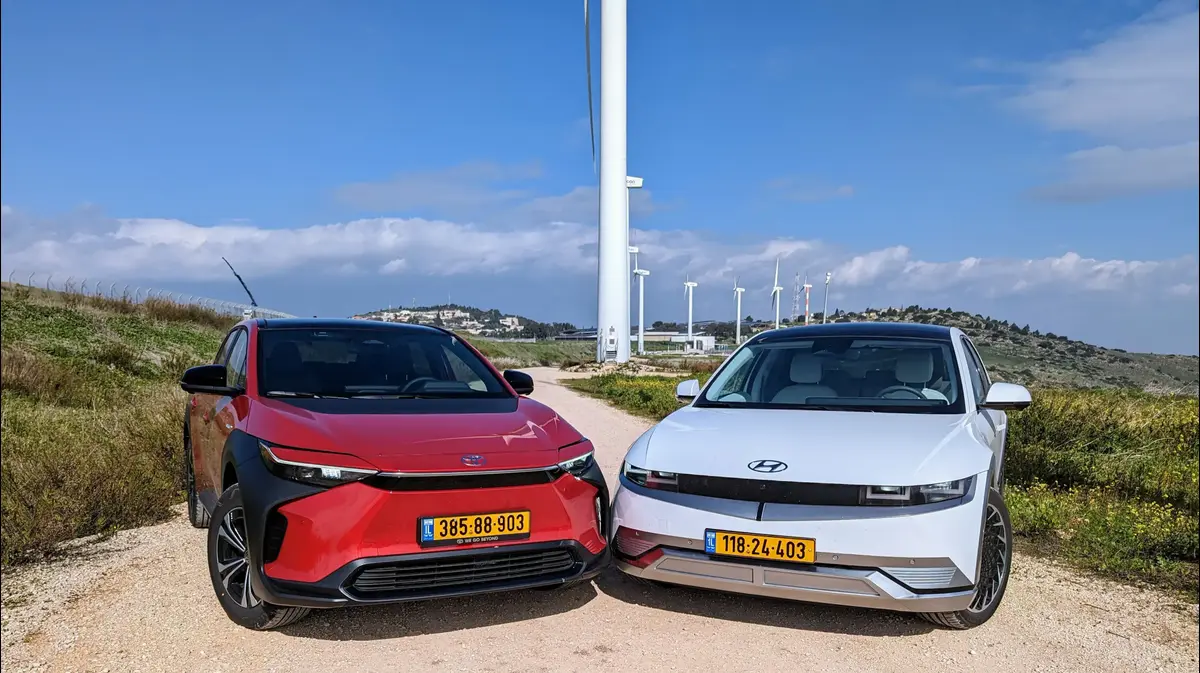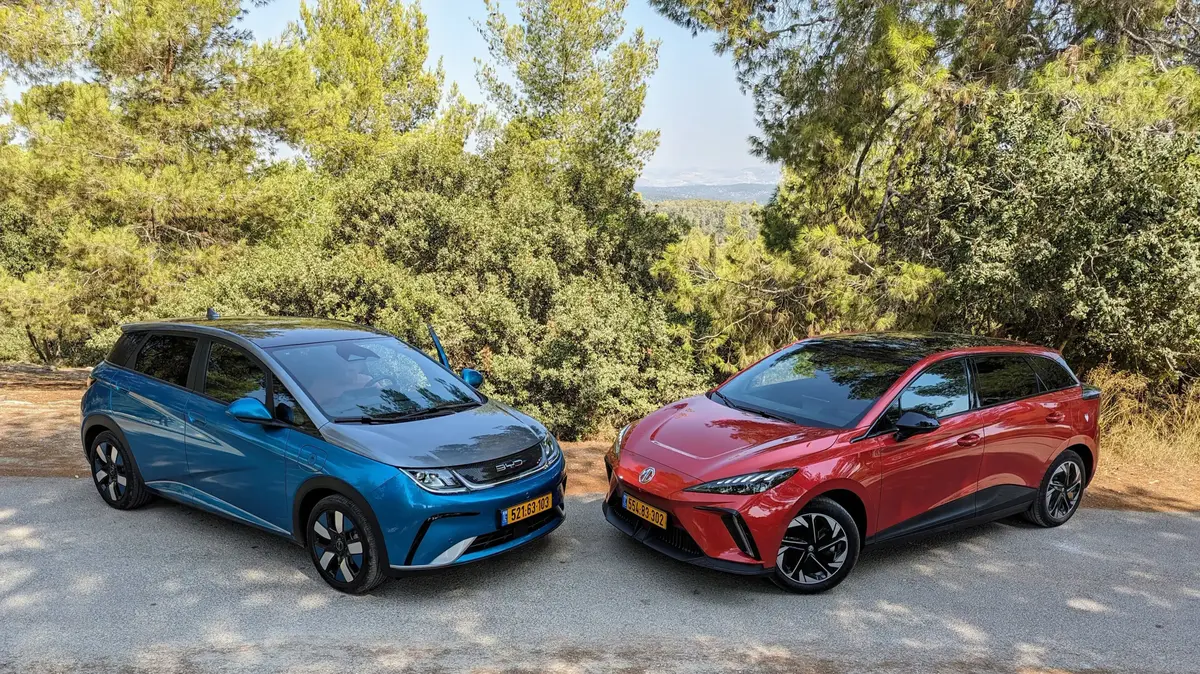Electric cars in the consumption test: Dacia and Hyundai convince
Created: 04/16/2022, 15:57
By: Simon Mones
Even with electric cars, the manufacturers indicate the average consumption.
But how much do the Stromer really consume?
Munich – When it comes to comparing cars, two values are usually particularly interesting: the range and the average fuel consumption.
This applies equally to cars with internal combustion engines and electric cars.
In contrast to diesel and petrol engines, many motorists still lack the feeling for how much they consume, as 24auto.de reports.
Although the manufacturers also state an average consumption for 100 kilometers for electric cars, in reality the values often deviate significantly.
The situation is different with consumption tests, such as those carried out by “AutoBild” and the ADAC.
Electric cars in the consumption test: Dacia and Hyundai convince
In both comparisons, the vehicles were tested under standardized conditions that are the same for all drive types.
"There is no bonus for electric cars, but there is also no penalty," emphasizes the ADAC.
And the Stromer are not given preference on the “AutoBild” test track either.
Numerous modern electric cars were compared: from super sports cars to practical small cars.
Both tests show that large and heavy cars tend to consume more electricity.
However, there is disagreement about the test winner.
Electric cars in the consumption test: Hyundai Kona twice in the top 3
The Hyundai Ioniq Elektro prevailed in the ADAC Ecotest with a consumption of 16.3 kWh/100 km.
Its brand brother Kona also impresses with just 16.3 kWh/100 kilometers.
However, both vehicles are well above the manufacturer's specifications of 13.8 and 14.7 kWh respectively.
The real power consumption of electric cars differs from the manufacturer's information.
(Iconic image) © Pius Koller/Imago
Meanwhile, “AutoBild” chose the Dacia Spring (click here for the test) as the test winner with a consumption of 15.8 kWh per 100 kilometers.
At the ADAC, the cheap electric car from the Renault group did slightly worse with 17.9 kWh.
The same applies to the Kona, which consumes 18.8 kWh in the “AutoBild” comparison and thus ranks third behind the Renault Twingo Electric (16.4 kWh).
electric car | Consumption ADAC (in kWh) | electric car | Consumption Autobild (in kWh) |
|---|---|---|---|
Hyundai Ioniq Electric Style | 16.3 | Dacia Spring | 15.8 |
Hyundai Kona Electric | 16.7 | Renault Twingo Electric | 16.4 |
Fiat 500e convertible | 17.4 | Hyundai Kona Electric | 18.8 |
Mini Cooper SE | 17.6 | Fiat 500e sedan | 18.8 |
Renault Twingo Electric | 17.6 | Audi Q4 e-tron | 21:1 |
BMW i3 (120Ah) | 17.9 | VW ID.3 Pro S | 21.3 |
Dacia Spring | 17.9 | Mercedes EQB 300 4Matic | 21:8 |
Kia e-Niro | 18.1 | Skoda Enyaq iV80 | 21:9 |
Smart Forfour EQ | 18.4 | VW ID.4 Pro | 21:9 |
Polestar 2 long range single engine | 18.5 | Opel Mokka-e | 21:9 |
Electric cars in the consumption test: Significant differences in charge loss
In contrast to combustion engines, with electric cars it is not only important how efficiently the electric motor deals with the energy and thus determines the range - in which the Mercedes EQS has the edge - but also the charge loss.
In order to charge the batteries, more energy is required than is available in the battery.
“With a petrol engine, it would be like spilling a few liters while filling up.
You still have to pay for them," writes the ADAC.
As with the consumption tests, the vehicles were charged under the same conditions at the same wall box.
The loading losses were very significant.
For example, to charge the 100 kWh battery of the Tesla Model X100 D, 108.3 kWh were required.
The Renault Twingo Electric (27.2 to 22 kWh) and Jaguar i-Pace (100.8 to 90 kWh) did not fare much better either.
With the Smart Fourfour EQ, the difference was only 1.3 kWh (18.9 to 17.6 kWh).
The Citroën e-C4 Shine (50.5 to 50 kWh) also did very well.
*24auto.de is an offer from IPPEN.MEDIA









